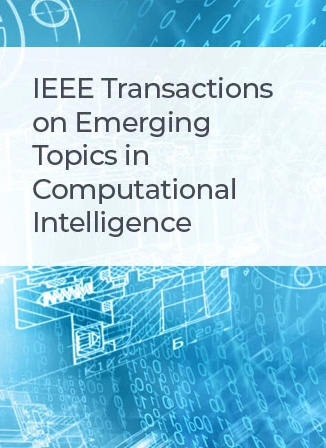A Lightweight Self Attention Based Multi-Task Deep Learning Model for Industrial Solar Panel and Environmental Monitoring
IF 5.3
3区 计算机科学
Q1 COMPUTER SCIENCE, ARTIFICIAL INTELLIGENCE
IEEE Transactions on Emerging Topics in Computational Intelligence
Pub Date : 2024-08-26
DOI:10.1109/TETCI.2024.3444590
引用次数: 0
Abstract
Environmental monitoring has become a serious topic of discussion and is gaining mass attention. The reason is the severe consequences of environmental depletion, which has led to circumstances like climate change, rise in floods and droughts, changed rainfall patterns, etc. So, various measures are being taken to protect the environment, like shifting to renewable and pollution-free energy alternatives, like solar energy, and handling the after-effects of disasters, like flood management and oil spill accident management. However, their identification still remains a huge challenge, which is laborious and extensive. Thus, this work proposed a lightweight and efficient segmentation model, SA U-Net++, for the automatic identification of solar panels and their associated defects, flood affected-areas and oil spill accident regions. The model's novel blend of level-wise self-attention modules is embedded with the revised bridge connections and the dropouts. It has helped in better efficient global context understanding and feature extraction from the inputs, besides maintaining the integrity of the training process and avoiding some major learning and run-time issues, like overfitting and memory exhaustion. Our detailed experiments demonstrate that the proposed model outperforms state-of-the-art models. The results confirm its high generalizability, cost-effectiveness, and robustness.用于工业太阳能电池板和环境监测的轻量级自关注多任务深度学习模型
环境监测已经成为一个严肃的讨论话题,并引起了人们的广泛关注。原因是环境枯竭的严重后果,它导致了气候变化、洪水和干旱的增加、降雨模式的改变等情况。因此,人们正在采取各种措施来保护环境,比如转向可再生和无污染的能源替代品,比如太阳能,以及处理灾害的后遗症,比如洪水管理和石油泄漏事故管理。然而,它们的识别仍然是一个巨大的挑战,这是一项繁重而广泛的工作。为此,本文提出了一种轻量级、高效的分割模型SA U-Net++,用于自动识别太阳能电池板及其相关缺陷、洪水影响区域和溢油事故区域。该模型的新颖的混合水平明智的自我关注模块嵌入了修订桥连接和辍学。除了保持训练过程的完整性和避免一些主要的学习和运行时问题(如过拟合和内存耗尽)之外,它还有助于更好地从输入中高效地理解全局上下文和提取特征。我们的详细实验表明,所提出的模型优于最先进的模型。结果表明,该方法具有较高的通用性、成本效益和鲁棒性。
本文章由计算机程序翻译,如有差异,请以英文原文为准。
求助全文
约1分钟内获得全文
求助全文
来源期刊

IEEE Transactions on Emerging Topics in Computational Intelligence
Mathematics-Control and Optimization
CiteScore
10.30
自引率
7.50%
发文量
147
期刊介绍:
The IEEE Transactions on Emerging Topics in Computational Intelligence (TETCI) publishes original articles on emerging aspects of computational intelligence, including theory, applications, and surveys.
TETCI is an electronics only publication. TETCI publishes six issues per year.
Authors are encouraged to submit manuscripts in any emerging topic in computational intelligence, especially nature-inspired computing topics not covered by other IEEE Computational Intelligence Society journals. A few such illustrative examples are glial cell networks, computational neuroscience, Brain Computer Interface, ambient intelligence, non-fuzzy computing with words, artificial life, cultural learning, artificial endocrine networks, social reasoning, artificial hormone networks, computational intelligence for the IoT and Smart-X technologies.
 求助内容:
求助内容: 应助结果提醒方式:
应助结果提醒方式:


